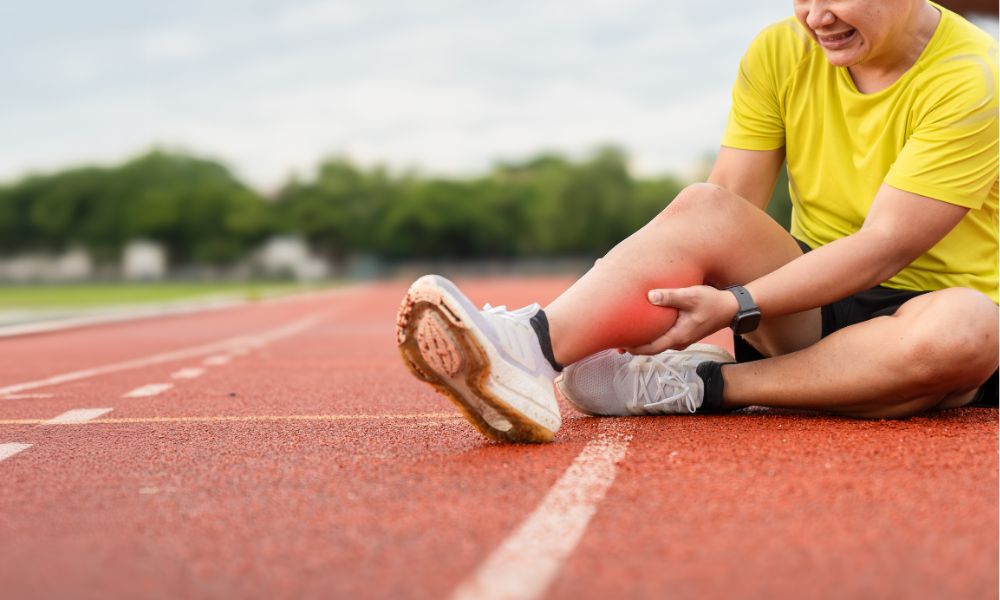Top Sports Rehabilitation Services in Nagpur

Conservative vs. Surgical Treatment for Sports Injuries: When Surgery Becomes Necessary
A sports injury can be significantly detrimental, particularly when it does not heal promptly. Surgical intervention is seldom regarded as the initial treatment option due to its invasive nature and inherent risks. Typically, individuals are recommended to pursue a conservative treatment approach initially, which may encompass medication, rest, physiotherapy, and ongoing evaluations of their recovery.
While conservative treatment proves effective for many individuals, it is not universally applicable and may not suffice for all types of injuries. Certain cases are more predisposed to necessitate surgical intervention. Let us examine a few of these instances.
ACL injuries
The anterior cruciate ligament (ACL) plays a crucial role in maintaining stability in the knee, particularly during rapid movements such as pivoting and twisting. An injury to this ligament can result in significant pain and a loss of stability.
For individuals without additional knee injuries, who engage in low-impact sports and are dedicated to rehabilitation, non-surgical treatment may be effective.
Conversely, surgical intervention is typically advised for those with multiple ligament injuries, persistent instability, or those participating in sports that require pivoting. The preferred surgical approach involves reconstruction using a graft sourced from the patient’s own tendon or from donor tissue. Following surgery, a structured rehabilitation program is essential for facilitating recovery and ensuring a gradual return to athletic activities.
Meniscus tears
The menisci, which are two fibrocartilaginous structures located between the femur and tibia, serve to absorb shock and enhance the stability of the knee joint. Tears in the meniscus can arise from participation in both contact and non-contact sports. While it is possible to continue engaging in physical activity initially, individuals may later encounter stiffness and swelling in the affected area. Should these symptoms continue, arthroscopic surgery could be considered as a potential treatment option.
- Partial meniscectomy involves the excision of damaged tissue, resulting in a faster recovery period.
- meniscus repair entails suturing the tear, which necessitates an extended healing duration.
Shoulder labral tears
The labrum is a type of cartilage that plays a crucial role in stabilizing the shoulder joint while also serving as an attachment point for ligaments and tendons. Tears in the labrum can arise from dislocations, sudden impacts, or activities associated with overhead sports such as swimming, tennis, and volleyball. Should symptoms continue, minimally invasive surgical intervention may be required to reattach the labrum, particularly for young athletes engaged in high-impact sports.
Severe fractures and dislocations often occur due to traumatic events such as falls, accidents, or collisions. Additionally, repetitive activities like running can elevate the risk of fractures. Many fractures can heal without the need for surgery, utilizing a splint or cast for support. However, if the bones are misaligned, a physician may need to perform a closed reduction to properly realign them prior to immobilization.
Severe fractures may require surgery, using rods, screws, or pins to stabilize the bones. Recovery includes immobilization and physiotherapy to restore strength and mobility.
Post-Surgical Rehabilitation: The Road to Recovery
The planning phase is the most crucial aspect of recovery. It is highly recommended to consult with the surgeon regarding the expected timeline for achieving specific recovery milestones post-surgery. Your surgeon can provide valuable insights into when it is safe to resume your sporting activities, while your sports injury rehabilitation team will offer additional support.
Physical therapy plays a vital role in the rehabilitation process following surgery, especially for athletes aiming to return to their sport. It aids in the recovery of muscles, ligaments, and bones in the affected region, enhancing flexibility and mobility. Following surgery, muscle joints and tissues may weaken, often resulting in stiffness, particularly in the areas that were operated on. Therefore, physical therapy is indispensable for facilitating a complete and safe recovery.
Nutritional Support for Better Healing
Following surgery, your body needs to receive the appropriate nutrients to facilitate healing and fortification. The subsequent nutritional guidelines are crucial for achieving optimal recovery:
- A diet abundant in vitamins, minerals, and protein is beneficial for minimizing inflammation, aiding tissue repair, and bolstering the immune system.
- Emphasizing nutrients such as Vitamin C, zinc, and protein is crucial for effective recovery.
- Including healthy fats, particularly those high in omega-3 fatty acids found in fish, walnuts, and flaxseeds, can facilitate quicker healing.
- It is advisable to concentrate on whole foods while steering clear of processed or refined food choices.
- Maintaining adequate hydration and consuming easily digestible foods can help avert issues such as constipation.
For athletes, proper nutrition is essential for facilitating quicker recovery and restoring strength, enabling a timely return to their respective sports. It is crucial to be mindful of hunger signals and satiety indicators. Rather than consuming large, heavy meals, it is advisable to prioritize smaller, more frequent meals to promote better digestion and overall comfort.
Preventing Reinjury After Surgery: Best Practices for Athletes
Once the athlete returns to play, continued monitoring is essential to ensure proper movement patterns and prevent further injury. Regular follow-up appointments with medical professionals and physiotherapists help monitor progress and adjust the rehabilitation plan as needed. Ongoing strength training, stretching, and mobility exercises remain important to prevent muscle imbalances and support long-term recovery.